Rose de Rescht - Can RRD look like this?
pat_bamaz7
9 years ago
Related Stories

GARDENING GUIDESGreat Design Plant: Knock Out Roses
As glorious as their high-maintenance kin for a fraction of the work, Knock Out roses make even beginners look like garden stars
Full Story
GARDENING GUIDES6 Wonderfully Easy Roses for Any Gardener
Look like an expert even if you're just starting out, with these low-maintenance gems of the rose world
Full Story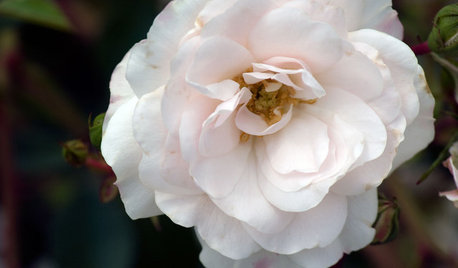
GARDENING GUIDES5 Favorite White Roses for a Purely Beautiful Garden
How does your garden glow? With roses that look like light and smell divine
Full Story
SPRING GARDENINGHow to Grow a Rose Garden in Pots
Everything can come up roses, even without a plot of soil in sight. This step-by-step guide to growing roses in containers shows you how
Full Story
DECORATING GUIDESThe '70s Are Back. Can Ya Dig It?
No need to cringe. These 21 groovy blasts from the past are updated to look fabulous today
Full Story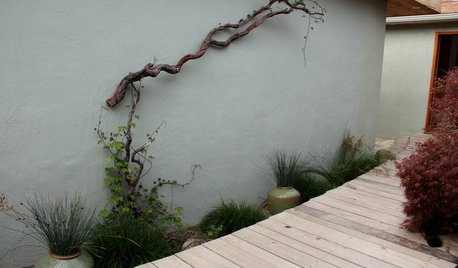
DECORATING GUIDESSee How Wabi-Sabi Can Bring Harmony and Beauty to Your Home
Create your own wabi-style style with beautifully weathered, humble materials around the house
Full Story
DECORATING GUIDESColor Feast: Yes, You Can Use Blue in the Dining Room
The sky's the limit for beautiful blues in your home's dining spaces; here's how to make it work
Full Story
INSPIRING GARDENSWe Can Dream: Lush Life on a Historic Normandy Estate
New gardens surround centuries-old buildings on a 10-acre property in France, creating a beautiful haven
Full Story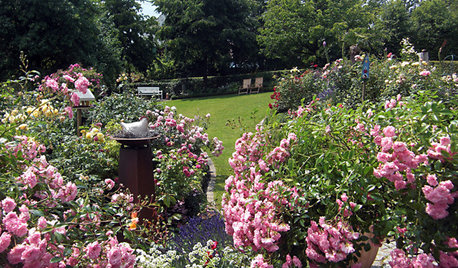
GARDENING GUIDES5 Sweet to Spirited Pink Roses for an Enchanting Garden
Whether you go demure or daring, there's a pink rose here to make you flush with garden pride
Full Story
GARDENING GUIDES6 Captivating Roses for an Alluringly Fragrant Garden
Perfume your garden with aromas from richly spicy to lightly sweet, without sacrificing an inch of color
Full Story






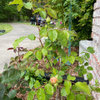

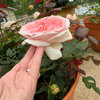
anntn6b
aurorawa
Related Professionals
Wrentham Landscape Architects & Landscape Designers · Tempe Landscape Architects & Landscape Designers · 70037 Landscape Architects & Landscape Designers · Bridgetown Landscape Architects & Landscape Designers · Rancho Palos Verdes Landscape Architects & Landscape Designers · Brooklyn Center Landscape Architects & Landscape Designers · Middletown Landscape Contractors · Avocado Heights Landscape Contractors · Burien Landscape Contractors · Cornelius Landscape Contractors · Deerfield Landscape Contractors · Kahului Landscape Contractors · Kettering Landscape Contractors · Lemoore Landscape Contractors · Thornton Landscape Contractorspat_bamaz7Original Author
anntn6b
Poorbutroserich Susan Nashville
subk3
buford